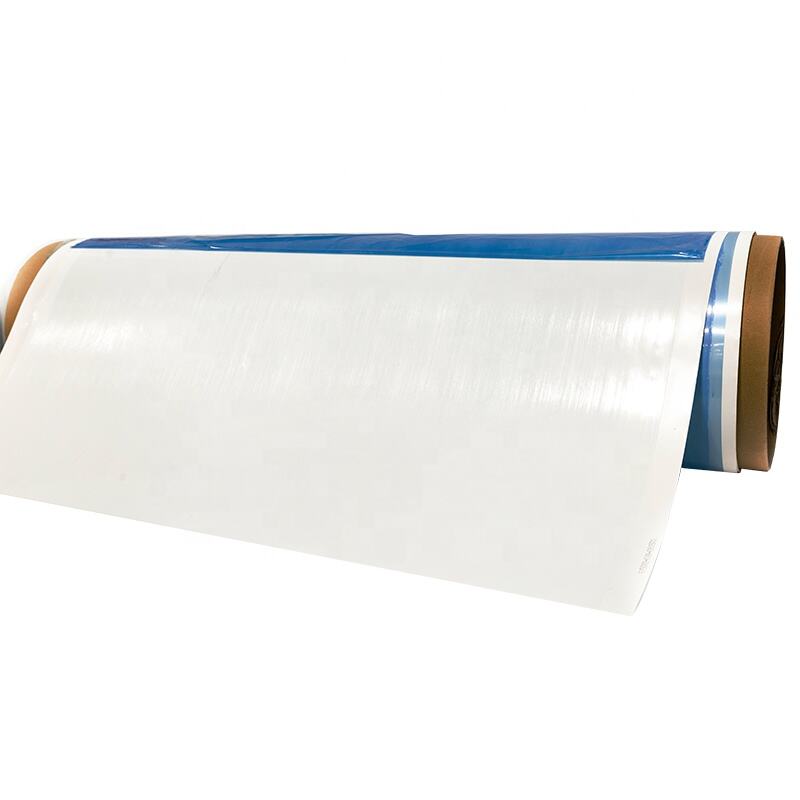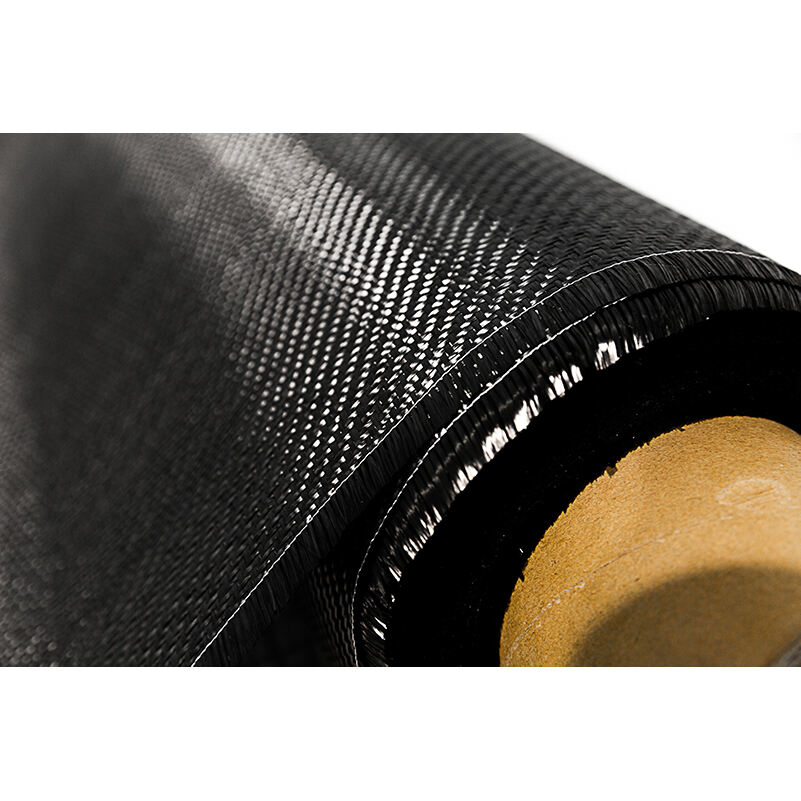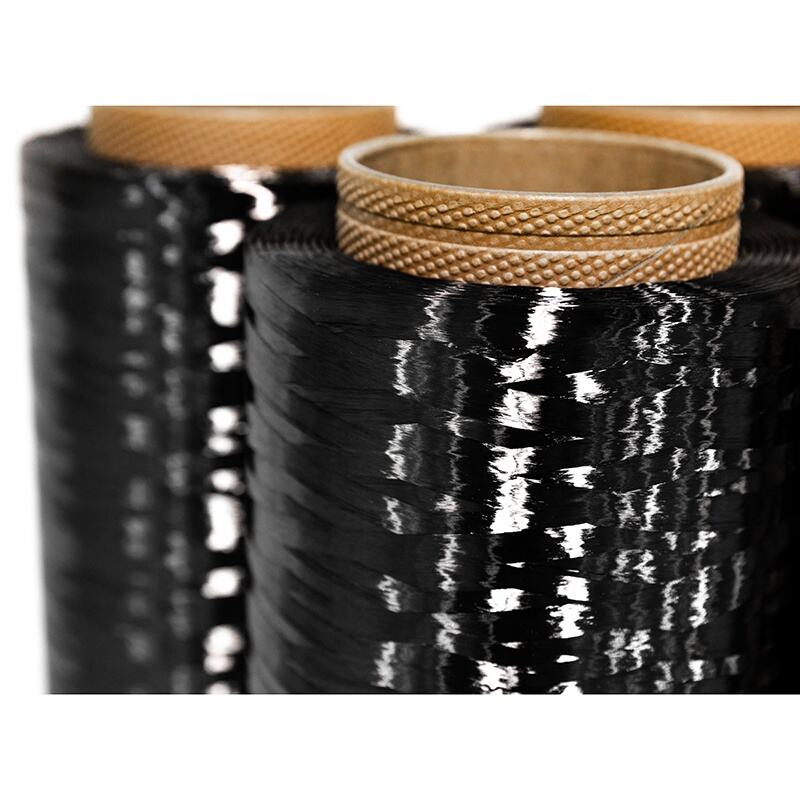unidirectional carbon fabric
Unidirectional carbon fabric represents a sophisticated engineered material characterized by carbon fibers aligned in a single direction, creating a specialized textile with exceptional strength and performance characteristics. This innovative material consists of parallel carbon fiber tows held together by minimal cross-stitching or a light backing material, ensuring maximum strength in the fiber direction. The unique construction allows for optimal load distribution along the fiber axis, making it particularly effective for applications requiring high tensile strength in a specific direction. The fabric's distinctive structure enables engineers and manufacturers to precisely control reinforcement placement, resulting in lighter and stronger composite parts. In aerospace applications, unidirectional carbon fabric enables the creation of components that exhibit superior strength-to-weight ratios while maintaining structural integrity. The material's versatility extends to automotive, marine, and sporting goods industries, where its ability to be layered in multiple orientations allows for customized mechanical properties. Modern manufacturing processes have refined the production of unidirectional carbon fabric, ensuring consistent fiber alignment and minimal fiber waviness, which directly contributes to enhanced mechanical properties in finished composites. The material's adaptability to various resin systems and manufacturing methods, including vacuum infusion, prepreg layup, and resin transfer molding, makes it an invaluable component in advanced composite manufacturing.


